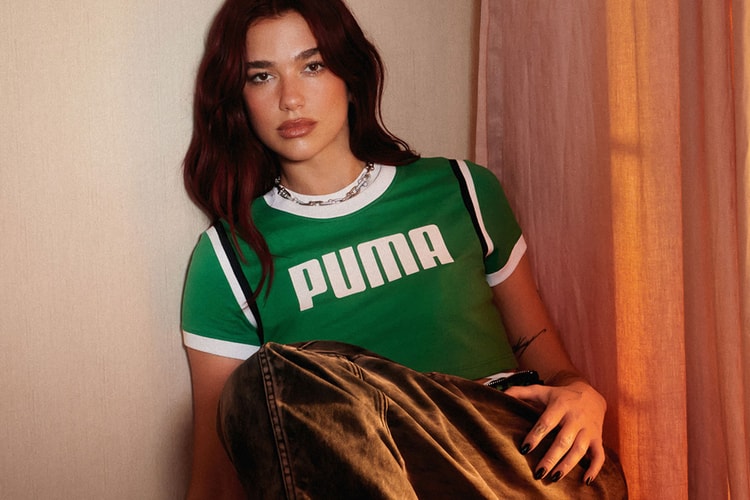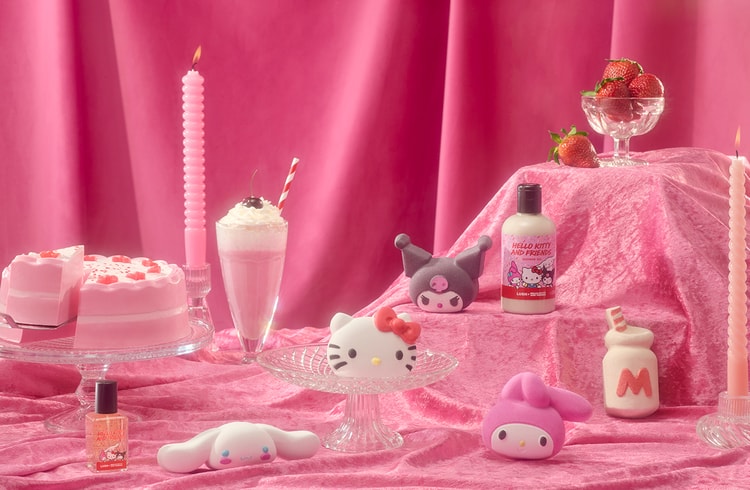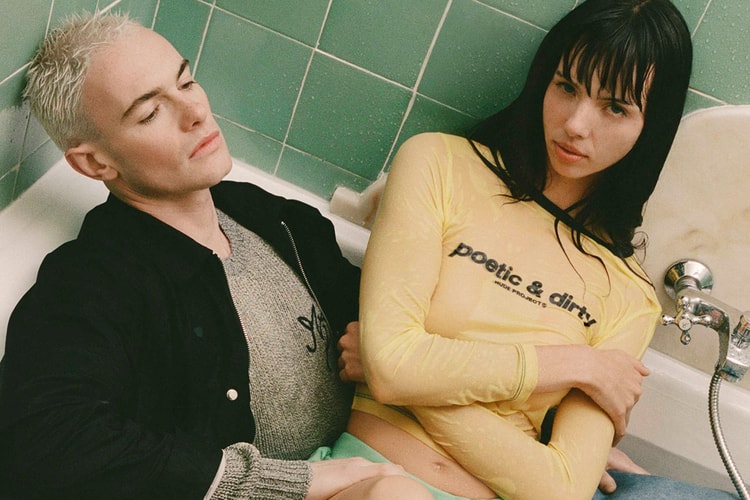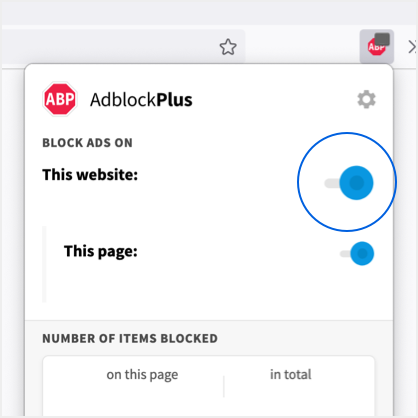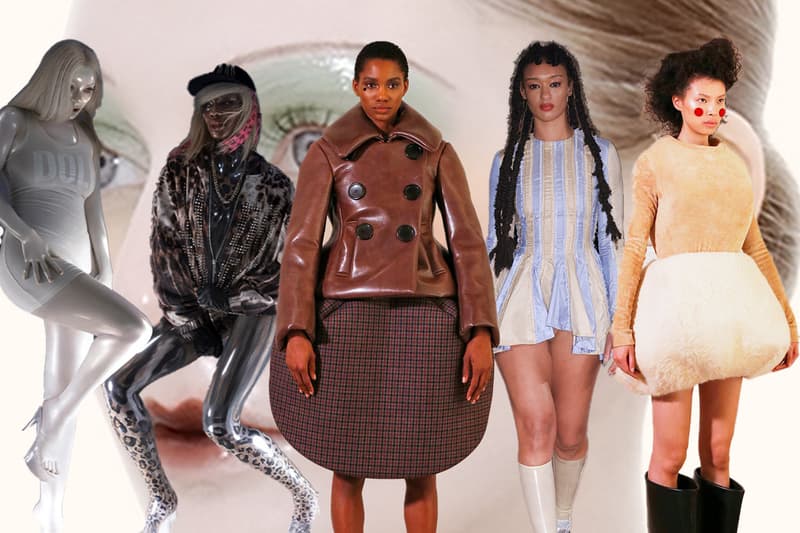
Why Are We So Obsessed With Looking Like Dolls?
Whether it’s nostalgia-fueled or a deeper cultural shift, one thing is certain: fashion is playing dress-up again and everyone wants in.
Dolls have always held a certain allure — whether as childhood toys with painted-on smiles, symbols of unattainable perfection, or even as a cultural reference within the trans community. No matter the context, the term carries layers of meaning. But in today’s world of Ozempic-slim silhouettes and The Substance-esque beauty obsessions, the doll aesthetic is taking on an eerie new relevance. Are we just playing dress-up, striving to become dolls or perhaps? Or are we longing to return to childhood completely?
In a world marked by chaos, burnout and looming recession, there’s a growing cultural fascination with regression — relinquishing control and embracing an almost infantile state of comfort. This shift has been embraced by runway designers, who have embraced doll-like aesthetics and, in some cases, moved beyond to baby-inspired styles. This obsession could be seen as a desire to retreat to a time of innocence, comfort and dependency, with the “babyfication” of fashion reflecting a deep yearning to be coddled, cared for and freed from adult responsibilities.

Conversations around “girlhood” blew up with Greta Gerwig‘s Barbie, which not only encouraged us to embrace our inner child, but brought charms, collectible POP Mart figurines, toys and kawaii culture firmly into mainstream fashion. The trend has continued to grow, with Pinterest‘s 2025 predictions highlighting a “Dolled Up” movement, with a 45% rise in doll-like makeup, a 130% rise in doll shoes and a 40% rise in cute room interior ideas. “This resurgence is tied to the broader aesthetic reclamation of femininity,” Depop trend specialist Agus Panzioni explains, “fueled by Tumblr-era nostalgia and the subversive performance of girlhood.” Depop also reports a 215% increase in the use of the word “Dainty” since October 2024, while “Doll Core” is up by 89%.
The influence of childhood aesthetics is evident across major runways. Maison Margiela‘s Couture Spring 2024 show featured Pat McGrath‘s porcelain-skin makeup, evoking a fragile, inanimate beauty. Simone Rocha’s Fall/Winter 2025 collection introduced cuddly bunny bags, while Natasha Zinko reimagined baby onesies as high fashion, pairing them with puffy pink floral bloomer pants. Even Brooklyn-based jewelry designer Alexis Bittar embraced the theme, creating accessories that capture the essence of youthful innocence.
The trend finds safety in softness and this season’s designers have pushed the aesthetic beyond saccharine sweetness into something surreal, uncanny and deeply psychological. “Doll Core” has evolved into something more theatrical and extreme, but as we move deeper into the “babyfication” of fashion, the question remains: Are we chasing a fantasy of perfection, or are we simply trying to find refuge in a world that demands too much?
Pat McGrath’s Glass Skin Makeup

Pat McGrath’s “Glass 001 Artistry Mask,” first seen on Maison Margiela’s Spring 2024 Couture show, takes the idea of flawless, porcelain skin to an almost surreal extreme. On the runway, the models appeared eerily doll-like, their faces coated in an ultra-glossy, reflective sheen that blurred the line between human and inanimate — like living porcelain figurines. Now that McGrath has released the product, it brings the fantasy into reality, allowing anyone to achieve that hyper-perfect, almost synthetic beauty — so long as you don’t smile or move a muscle.
We spoke with Dame Pat McGrath herself, who shared her thoughts on the trend, agreeing that dollcore is a fusion of fantasy and reality. “It’s hyper-feminine beauty is elevated to an art form,” she explains. “Whether on the runway or the red carpet, this trend is all about celebrating beauty that is both delicate and daring.”
Simone Rocha FW25

Simone Rocha‘s FW25 runway show brought together all her tried-and-tested design motifs — big bow energy, billowing shoulders, glitzy embellishments and faux furry friends — into one collection. A key feature to highlight here is the bunny bag. While Rocha has long been celebrated as the ultimate girly-girl designer, these playful accessories evoke a sense of innocence and childhood.
Racer Worldwide’s “Doll Core” Collection

Racer Worldwide’s “Doll Core” capsule brought digital dolls to life, reflecting a broader shift toward AI-generated beauty and the blurring of human and digital aesthetics. The models photographed in the campaign were coated in reflective gold, metallic and iridescent finishes from head to toe, looking less like people and more like mannequins or 3D-rendered avatars. On top of pieces printed with the words “Dolls” and “Doll Core,” the collection played with the idea of what this era’s modern-day doll would look like, perhaps something almost synthetic: polished, uncanny and eerily flawless.
Natasha Zinko FW25

Natasha Zinko is known for her grunge, edgy aesthetic. We don’t typically find cute, girly colors or soft textures here. However, for her FW25 lookbook, she shook things up. While still maintaining her signature vibe, Zinko incorporated pieces like baby-pink satin onesies, pink floral puffy bloomers (resembling oversized baby diapers) and black floral-printed ruffled mini dresses. This blended childhood innocence with a more rebellious, adult edge, embracing the soft, infantilized elements of the trend while maintaining her signature grit.
Ashley Williams FW25

Ashley Williams has always explored the idea of girlhood in her designs, and this season, she builds on this theme. In her FW25 lookbook, Williams wrestles with maturity and motherhood, reflecting on her evolving self. Though an adult, she still feels parts of her remain youthful, which shows in her mischievous, naive pieces like manga prints, heart-shaped bags, AI designs on hoodies, beaded dresses and pastel babydoll dresses. The collection blends childhood innocence with adulthood, embracing a kitschy, doll-like vibe that’s soft, juvenile and playfully sophisticated.
Gabe Gordon FW25

At New York Fashion Week, Gabe Gordon‘s FW25 collection, “Rubber Boyfriend,” reimagines the doll-like aesthetic with a darker, more unsettling twist. The narrative follows a high school dance team and their sinister coach, who transforms the wrestling team into rubber sex dolls after a betrayal. This transformation is embodied in the use of latex, which molds and contours the body with a slick, artificial sheen. The latex exaggerates the sculptural quality of the models’ figures, blurring the line between human form and plastic perfection. By infusing latex with a fetishized edge, Gordon subverts traditional doll imagery, making his pieces feel restrictive and dehumanizing, turning perfection into something quite uncomfortable.
Keburia FW25

Shown at London Fashion Week, Keburia‘s FW25 collection fully embraces the pursuit of a doll-like aesthetic with exaggerated silhouettes and details that evoke a sense of fantasy and playfulness. The collection explores duality and feminine archetypes, incorporating voluminous, puffy shapes and soft, billowing textures reminiscent of vintage dolls. Ruffles and luxurious fabrics like white metallic Chantilly lace and plissé chiffon lend an ethereal, almost otherworldly lightness to the garments. The use of beads, crystals and sequins adds a touch of opulence, while sharply tailored jackets with exaggerated collars create a striking contrast, blending elegance with a sense of whimsy.
Marc Jacobs FW25

Marc Jacobs‘ FW25 show brought doll-like fashion to life in a truly surreal way. The runway transformed into a dreamlike paper doll world, with models sporting oversized, exaggerated silhouettes. Puffed-up dresses, quirky accessories and sequined dots on lips and cheeks created a whimsical vibe, all set to the hypnotic rhythm of Philip Glass’s “Einstein on the Beach.” Even the shoes — huge, rubbery and clog-like – were reminiscent of something out of a childhood toy set. With such a fantastical collection, it’s tempting to dismiss Marc Jacobs’ work as an escape into a reality far removed from our own.
Alexis Bittar FW25

The fascination with doll-ish aesthetics isn’t just in beauty or fashion — it’s now making its way into jewelry. Alexis Bittar’s FW25 collection, presented at New York Fashion Week, blends ’80s and ’90s aesthetics with an imagined 2050 future. Titled “The Portal,” the performative showcase explored age, identity and technology. Models were styled like plastic blow-up dolls, blurring the lines between organic and artificial, reflecting the collection’s themes of ageism, sexism and technology’s impact.
In an era where cosmetic procedures and weight-loss injections are more accessible, the boundary between reality and artifice continues to blur. Just as The Substance examines the darker side of beauty obsession, Bittar’s collection speaks to our desire for control, transformation and perfection, with his jewelry symbolizing a society obsessed with erasing imperfection and reshaping identity through technology.
Lisa Says Gah x Mattel’s Polly Pocket Collaboration

Lisa Says Gah dropped a recent collaboration with Mattel‘s Polly Pocket to bring a collection that feels like a dream pulled straight from a Polly Pocket playset. The capsule features baby tees adorned with playful phrases like “Cute as a Button” and “Tiny Vibes” and denim splashed with Polly Pocket prints — styled into a mini skirt, tote and more. It also includes a quilted tank dress with a coordinating skirt and charm-adorned accessories that add a dose of ’90s nostalgia. The most Polly Pocket touch of all is the PVC slingback kitten heels; these shoes look as if they’ve stepped right out of the tiny, plastic world we adored as children.


